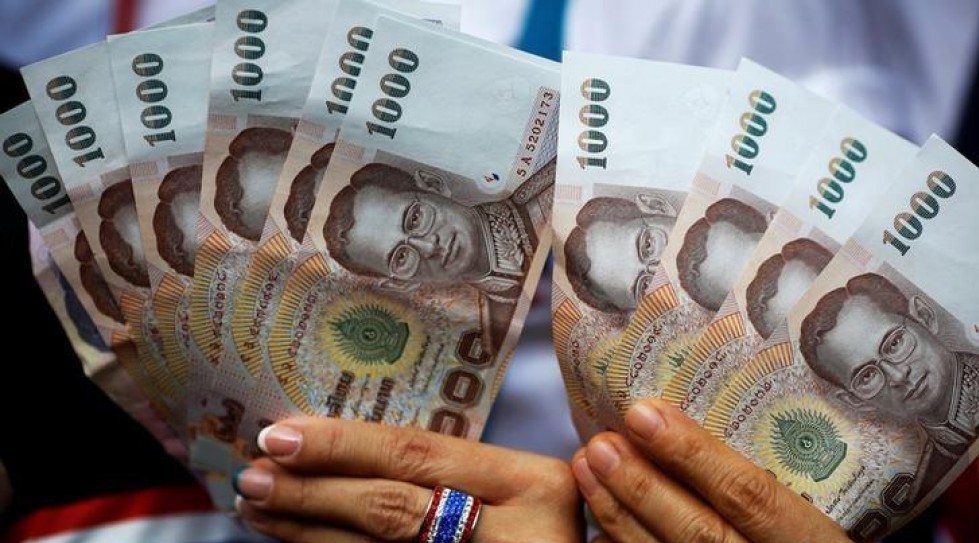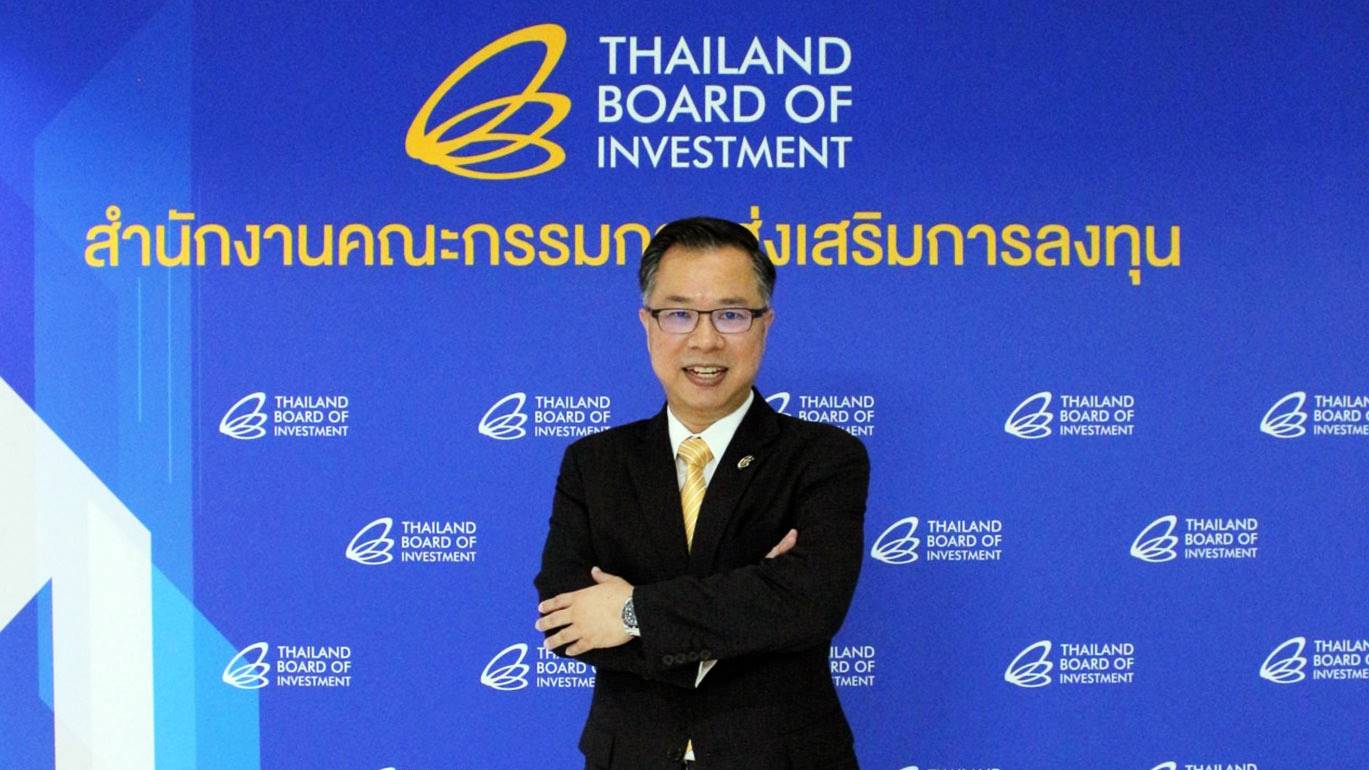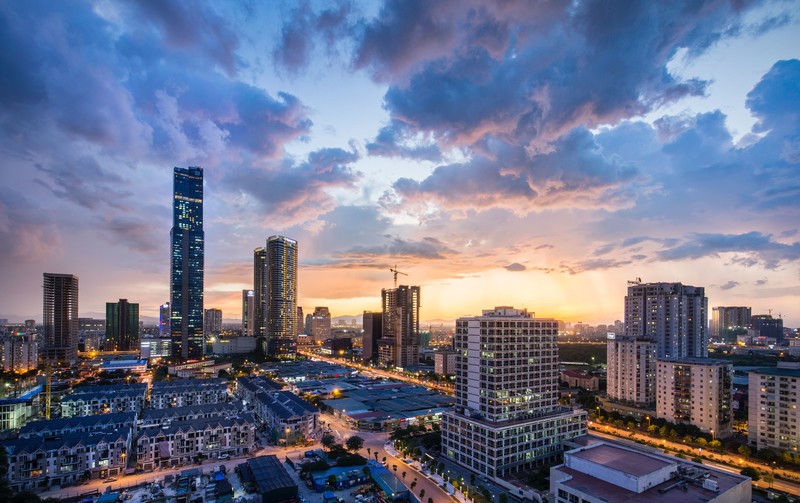Technological advances and scientific innovations will play a great role in the years to come, and the petrochemical industry is no exception
As an extraction technology, fracking is capable of extracting a large quantity of natural gas, which can, in turn, be made into petrochemical raw materials.
Fracking is an extraction technique that combines two technologies, hydraulic fracturing and horizontal drilling. The technique involves pressurized injection of chemicals and sand into the ground.
The process causes fractures in the rock, through which shale gas and shale oil are released.
Highlight
|
In the US, fracking technology has lowered the cost of shale gas among ethylene producers. This is because shale gas extracted through this method has become available in large supply and at a lower cost, leading to an expansion in ethylene and gas cracker production. The EIA estimates that ethane cracker production in the US will grow by 16.3% per annum between 2016 and 2018.
The Gas Cracker method can produce a proportion of 82% ethylene, whereas the Naphtha Cracker method can only produce 30% ethylene. Therefore, this new technology yields a higher ratio of ethylene. As for propylene, which is another important petrochemical precursor, the Gas Cracker method can produce a proportion of 13% propylene. By contrast, the Naphtha Cracker method can producer a higher proportion of 15% propylene. As a result of the lower proportion, the market’s demand for propylene currently does not meet supply.
On-purpose precursor-sourcing technology will help alleviate the problem of shortage in petrochemical precursors.
While the US has shale gas as a main petrochemical precursor, China uses coal as a source of petrochemical production to meet domestic demand. On-purpose technology has been introduced to coal extraction to produce a petrochemical precursor called coal-to-olefin (CTO) and methanol-to-olefin (MTO). Moreover, On-purpose Technology can address the issue of low-proportion propylene that results from the Gas Cracker method. An on-purpose technology called propane dehydrogenation (PDH) uses propane to pull out hydrogen atoms in order to more effectively extract propylene as an important petrochemical precursor.
The aforementioned technologies will present challenges to the petrochemical industry in competitiveness between international players.
Competitors in the US have advantage in the lower production costs of both ethylene and propylene as a result of fracking technologies for shale gas and PDH. In Asia, particularly in China, the CTO and MTO technologies remain expensive. However, if China succeeds in lowering their production costs in the future it will become a competitive player, thus presenting a challenge to other players in Asia, most of which are Naphtha-based producers, such as companies in South Korea, Japan, and Taiwan. Therefore, exports to China may not expand as fast as before. In this regard, previous exporters will face ruthless…
Author: Nattanan Apinunwattanakul
About the author
Thailand Business News covers the latest economic, market, investment, real-estate and financial news from Thailand and Asean. It also features topics such as tourism, stocks, banking, aviation, property, and more.









